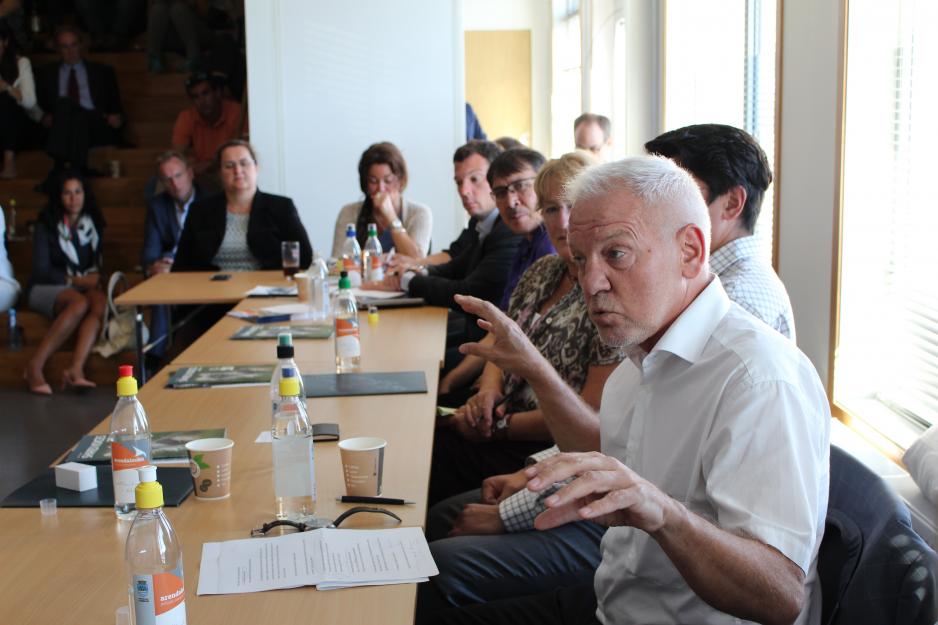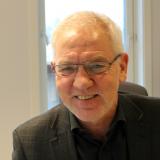Op-ed: High expectations to the Norwegian government’s new High North Strategy

The Norwegian government is currently working on a new High North strategy. Prime Minister Erna Solberg stated in 2014 that “we shall succeed with our goal of continuing developing Northern Norway as one of the most productive and sustainable regions in the country.”
This ambitious goal must be a cornerstone of the new strategy. In order to achieve such development in Northern Norway the core of the High North policy must be to realize the value potential here. The main focus must be on the opportunities presented by Northern Norway, both offshore and on land.
The High North offers a multitude of opportunities. The weaknesses of the region are in particular infrastructure and the population levels. The latter is decreasing, and if we are to succeed we must focus on the people who live here. The High North strategy must contribute to creating a foundation and understanding for what is attracting about living and working in the north. And let the new High North policy be strongly rooted in Northern Norway. The government recently established a new regional High North Forum in cooperation with the northern County authorities and the Sami Parliament, and this forum is vital and one step towards letting the High North policies be stronger anchored where values are to be created.
It is important to facilitate stronger and more sustainable environments through cooperation between business, research, education and governance in the north. This can happen in a number of ways, but institutions must be built that can hold the responsibility. The Fram Centre in Tromsø is an excellent example of such an institution, where one has managed to gather companies and organisations that work with developing knowledge about climate and environmental research. The High North Centre for Business and Governance at Nord University is ready to build an environment of knowledge institutions from science and business that are concerned with creating values, business, local communities, security and readiness, and the general development of society.
The new High North strategy must apply and reinforce the centres so that they may become the leading suppliers of competence on an international level in their fields; natural sciences and technology at the Fram Centre, and business and community development at the High North Centre.
As for business, it is important to create even more within fisheries, seafood, sea farming, industry, oil and gas, minerals, tourism and experiences. The goal must be to realise as much as possible of the value chain in Northern Norway before the products are shipped to their markets.
One must work on connecting gas and minerals, and cooperation between the northern regions in Finland and Sweden will be important. The High North strategies in Finland and Sweden are open for this. It will also be important to contribute to increased interaction with Russia, too. When the international semester at Nord University Business School commenced in Bodø last week, the focus aimed at how we can facilitate further cooperation with Russia. We need a lot more business-focused cooperation with Russia.
The potential of the northern sea route must also be incorporated to the High North strategy. Initiate a grand scale development project to expose what is required in order for this sea route to take most of the transport that currently passes through the Suez Canal. This must happen through cooperation between the knowledge clusters and shipping companies. The Center for High North Logistics is well equipped for taking on such a grand development project.
Use financial instruments to make investments in the North profitable. The tax and duty system may be used. Today there is a genuine lack of capital for realizing the growth potential. Knowledge about how to attract risk venture capital must be developed.
Several models may be applied.
The Arctic Investment Protocol, launched but the World Economic Forum, should be followed up.
A model for developing an Arctic Stock Exchange should also be seriously considerated.
A capital fund with management divisions across all three northernmost counties should be established.
The work conducted by the Independent Barents Observer and High North News must be further developed and secured. It is important to contribute to the Norwegian voice and the Norwegian reasoning about the opportunities in the High North reaching out on a daily basis as national and international news, as analysis and commentaries. This would ensure the High North not only being on the politicians’ map, but also on that of investors.
The values that are to secure the future wealth and welfare of the entire nation lie in the High North. We therefore have strong expectations to the governments’ High North Strategy, and we would be happy to take responsibility.
This op-ed was originally published in Norwegian and has been translated by Elisabeth Bergquist at HNN.

